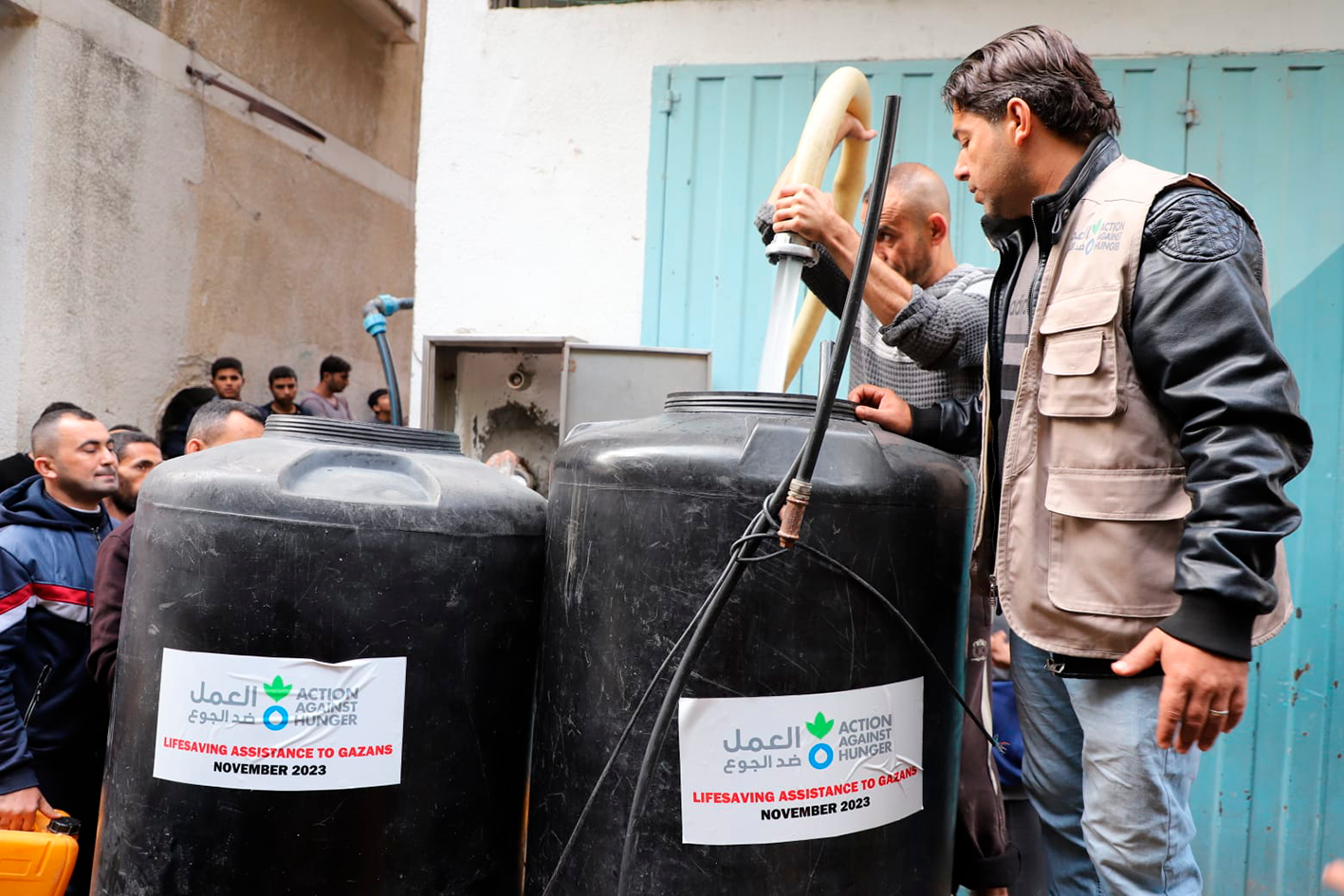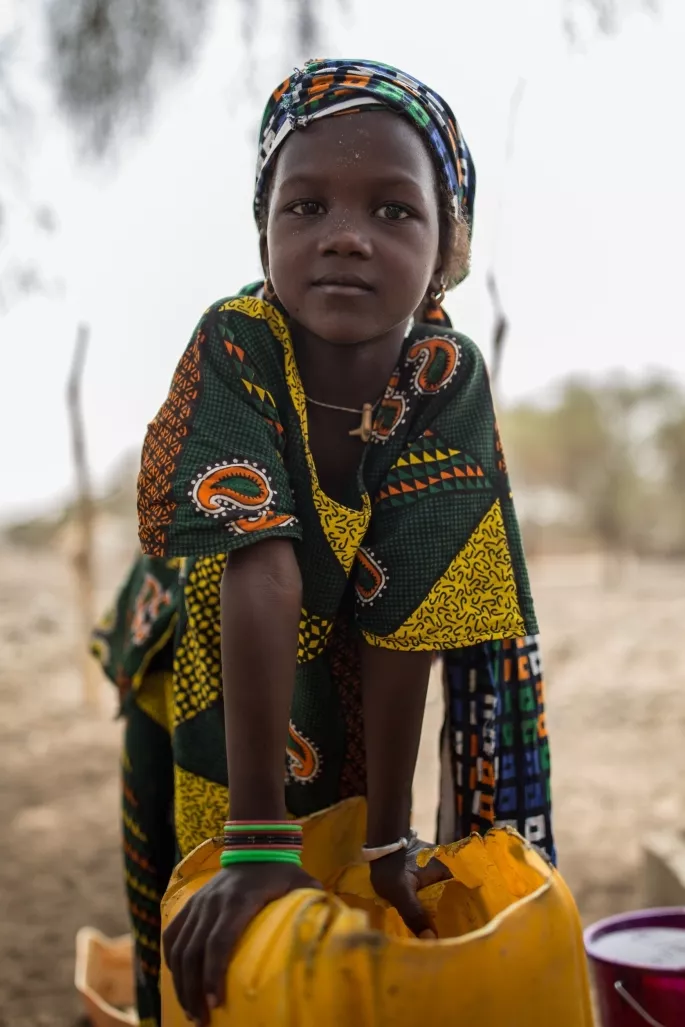

60,000 temporary shelters and urgent drinking water supplies are needed for a population surviving on contaminated water
CEASEFIRE MONITORING GAZA
- Action Against Hunger highlights the urgent need for cash for families to buy food, as well as the import of fertilisers and pesticides for farmers.
- Shelter needs are enormous as many people return to destroyed homes. At least 60,000 temporary shelters and 200,000 tents are required.
- Water and sanitation facilities urgently need 70,000 litres of fuel per day to operate. In addition, it is essential to install desalination plants to supply drinking water. Palestinians in Gaza are currently consuming mostly contaminated and unsafe water.
Madrid/Jerusalem, 21 January 2025. "Everyone is celebrating, but also mourning," explain the Action Against Hunger teams in Gaza. "People are following every piece of news in a context where hope has been all but destroyed over the last 15 months. A particular concern we hear is what will happen after the first phase of the ceasefire agreement. People fear that it will only last 42 days, whereas what they want is security, access to food, water, health care... and to be able to move freely and safely," concludes our field staff.
Hunger, malnutrition and lack of livelihoods
Gaza's dire needs persist despite the ceasefire. The majority of the population faces severe malnutrition and some even possible starvation. Households remain unable to meet their immediate food needs, with massive damage to agriculture, including the near-total destruction of the livestock and fisheries sector.
"Short-term needs include access to cash so that families can access food in markets and continue food distributions. The immediate import of fertilisers and pesticides for farmers is essential to enable those with access to their land to replant and restore crops," explains Natalia Anguera, Action Against Hunger's Middle East operations manager.
Return home and debris removal
An estimated 92% of Gaza's homes are destroyed or severely damaged. Gaza is covered by more than 42 million tonnes of rubble, under which are buried countless unexploded bombs, bodies of the dead and other solid waste. If Gaza is to be considered habitable and safe, all this rubble must be removed.
"Although work is already underway to prepare for the rehabilitation and reconstruction of critical infrastructure, such as housing, these activities cannot be carried out without the entry of key materials, such as fuel, and the removal of tens of thousands of tonnes of debris and unexploded ordnance," explains Natalia Anguera.
Shelter needs are and will continue to be enormous as many people return to homes that have been rendered unrecognisable and are currently uninhabitable. At least 60,000 temporary shelters and 200,000 tents are needed, according to the Water, Sanitation, and Hygiene Cluster.
Need for drinking water
Nearly 70 per cent of Gaza's water and sanitation facilities have been destroyed or damaged. In addition, water purification and desalination plants, crucial to providing safe drinking water, require fuel to operate, and extreme shortages have hampered the operation of the remaining infrastructure. At least 70,000 litres of fuel are needed per day. In addition, desalination plants, which are essential for the supply of drinking water, need to be installed.
"Last year there were times when people in Gaza only had access to less than 2 litres of clean water per day. People are now consuming mostly contaminated and unsafe water," adds Natalia Anguera.
"Water resources are polluted by the accumulation of solid waste, as there is hardly anywhere to dispose of it. In addition, during the winter, floods are further damaging and collapsing what remains of the sewage infrastructure. According to the UN, one million people in Gaza are exposed to sanitation-related hazards such as rodents and pests, solid waste, sewage and human waste.”
